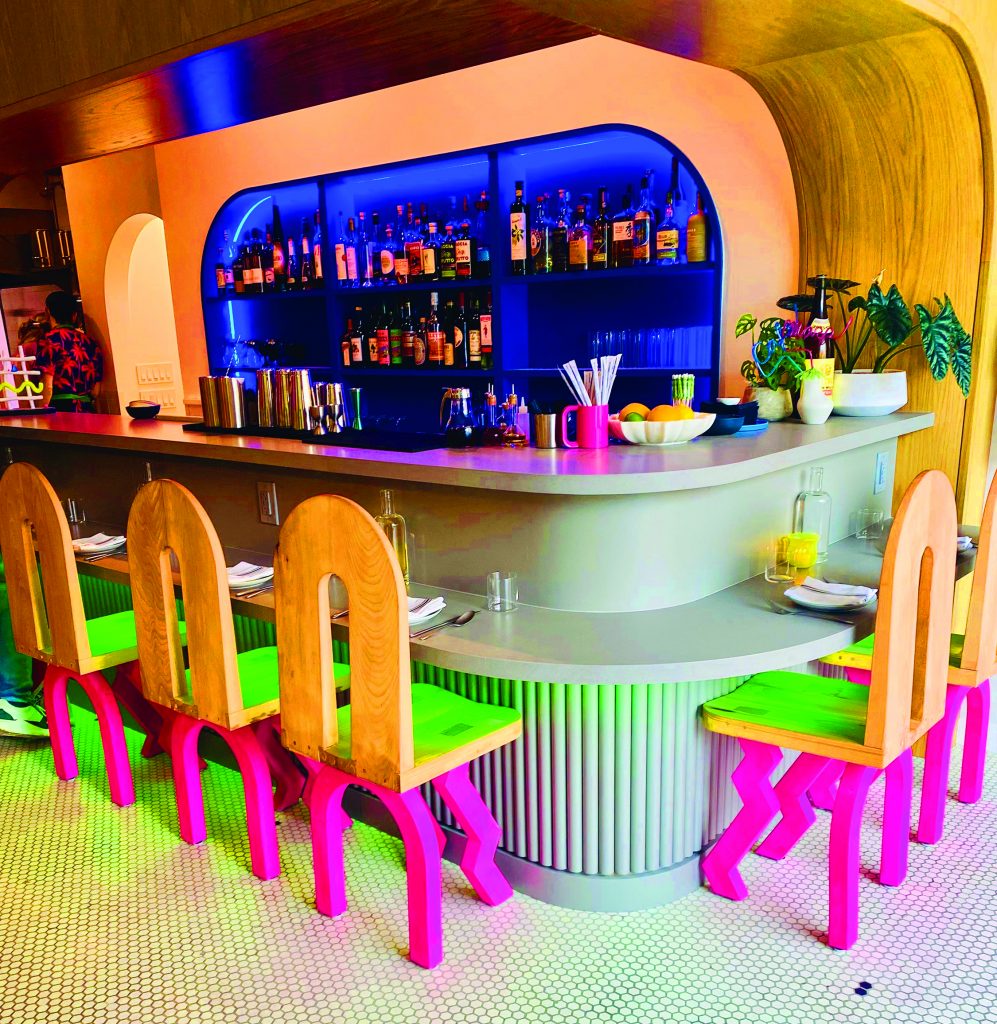
I smirk at my wife across the table, as our waitress presents us with a tray containing an eclectic collection of colorful vintage drinking glasses. They asked us each to choose one for our complimentary welcome toast. I like a little bit of interactive theatre with my meal, as long as it doesn’t come at the expense of the food on the table; and so far this is striking just the right balance for us.
I lift a cheerful lime green goblet from the tray and inspect it in the ambient fluorescence of the dining parlor. A few moments later, our mix-matched glasses are full of tiny airy prosecco bubbles.
I stare into the now-full green-glass, and watch the way the suspended beads of carbon dioxide warp and spike behind the ornate curves of the cut crystal, and I feel a little bit like Percival Lowell looking at Mars through a telescope for the first time.
Lowell thought that he saw canals on Mars. We know now, what he saw then was an illusion caused by limitations of the optical glass in his telescopes; but in Percival’s day the theory was that an advanced alien race must have geoengineered their arid planet to funnel polar meltwater down to the Martian midlands, where they must have built magnificent civilizations atop their alien waterways. It’s a nice thought at least. That an alien race could overcome their planets natural disadvantages and exercise a clean and sustainable mastery over their environment.
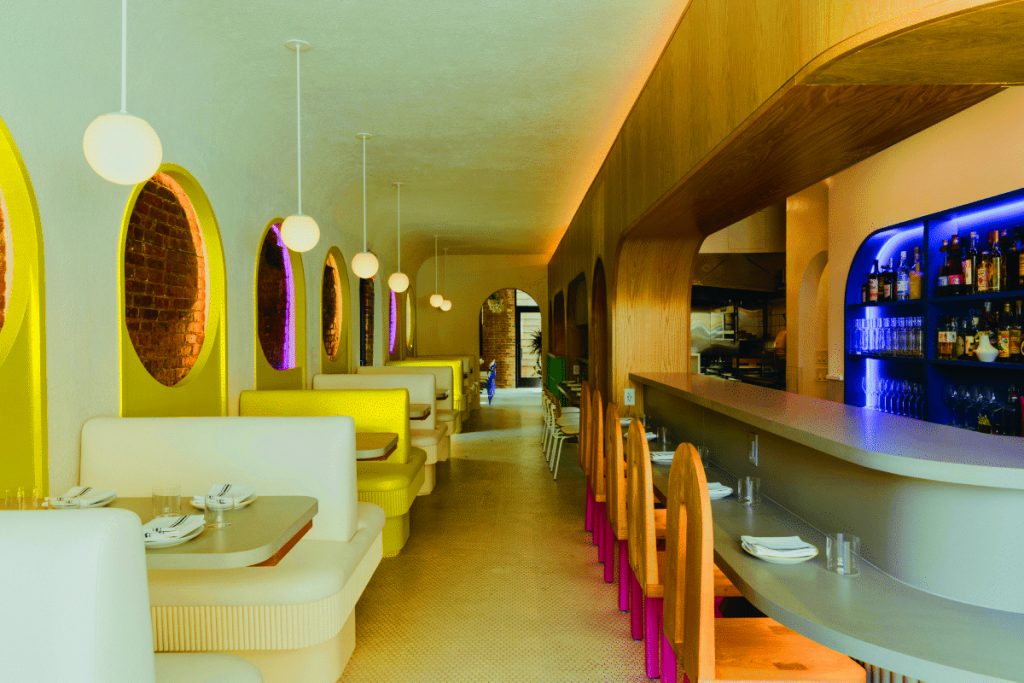
Those imaginary Martians would be awfully disappointed in the state of the Gowanus canal.
I pause on that thought. Maybe the prosecco is already getting to my head; and it occurs to me that I don’t even really know why they call this place ‘Café Mars’. I know the food is supposed to be creative, and that’s why I am really here after all.
Our waitress arrives again just in time to stop me from sharing my insane inner monologue with my wife, and she presents us with a white plate holding 4 jiggling cubes of blood-red Jello, each containing its own dark green planetary body.
“These are our Jell-olives. Most of our guests prefer to start the meal with them. The Jello is a citrus Negroni, and the olives are Castelvetrano. I suggest eating them before they start to melt.”
I have to pause the narration at this point and say the staff at Café Mars have been exceptional from the moment we walked in. The host who greeted us was enthusiastic, bright, with a quick and cheerful whit; and our waitress is very well versed on the menu, and more than willing to make recommendations to heighten our experience here.
The menu at Café Mars is certainly adventurous, and undeniably Italian inspired, with plates meant to be ordered several at-a-time, and shared family style. As our waitress walks us through each section of the menu, and generously helps us put together a strategy for the evening, I interrupt briefly to ask her “What’s the inspiration for this place?” I gaze around and gesture at the colorful zig-zagging furniture, the rounded curves of the bar on our right.
“Italian!” She says brightly and with confidence.
I cannot tell if she is being ‘tongue-in-cheek’. Yes, the food is distinctly Italian-inspired, but is that really why I’m asking?
I pause on her answer for a moment and smile, letting the sincerity in her reply sink in.
I think of the four or five dozen Italian Restaurants I have been to in New York City over my lifetime, and Café Mars doesn’t resemble a one of them.
We finish putting in our orders, and I return to conversation with my wife. “I feel like if aliens wanted to open a “human eating establishment”, and they researched the history of the neighborhood, this would be the end result.” At this point I confess to her that I didn’t know exactly what to expect coming here. I read a few other reviews for this place and heard them reference something called the ‘Memphis Milano Design movement’, but rather than simply regurgitating the factoid back at my reader, I’d like to put the aesthetic into a more personal frame of reference that folks in the 28-45 age range will instantly understand:
Sitting here in the moment Café Mars looks like a spaceship tv set designed for an early 90s Nickelodeon sitcom, a surreal and uncanny experience of Nostalgia I had not up to this point, experienced up close and in person.
Back to those Jell-Olives. I held one up to the light, admiring the spherical globe behind the red-hue crystalline lens of biter citrus, and once again found myself daydreaming about controversial astronomy lessons from the late 19th century. And speaking of controversy, these were indeed ‘divisive’ at first bite.
We both bit into the first set, and while the flavors were lovely, the textural experience of introducing masticated olive to Jello was a little hard for my wife to appreciate. On second attempt, we found that letting the Jell-olives melt in our mouths produced something much closer to the Negroni experience, and that is probably how I would recommend eating them.
We finished the plate and I found myself with an unexpected craving for more. I had after all, come here for the creativity, and I had not been disappointed.
Next we tried the Eggs Paradiso; an unparalleled take on the deviled egg, with a sweet corn hazelnut filling, and a drizzle of balsamic vinegar. Nothing controversial about these. We both loved them, and the plate was gone almost as soon as it had arrived.
As our confident navigator arrived back to the table with the first of our main plates, I tried prodding for a little more information about the genius behind the curtains. They let slip that the owners and co-chefs are no novices to high gastronomic art. Co Chefs Paul D’Avino, Jorge Olarte, along with general manager Jordan Gwiazdowski opened Café Mars in May of 2023 with a resume behind them that would make any Cosmopolitan blush; Aska, Olmsted, Momofuko Ssam and more.
Now it’s starting to make more sense. This place isn’t trying to fit any molds. The Chefs all know what they’re doing, the bartenders know what they’re doing, and they know they’re doing it well; so why not color outside of the lines after all.
As our mains arrive, my wife and I make the executive decision to order two colorful cocktails. I’m used to thoughtfully considering food and drink pairings, carefully balanced flavor profiles, but I’m starting to get with the program now.
Café Mars is about having fun with your food.
By the time the Cucamelon smoked trout platter comes out, we are both halfway through our light blue and yellow chamomile infused cocktails, and thinking about what wild combination to order for the next dish.
Sweet orange, grappa and pistachio over ice, with a little blue umbrella, more reminiscent of a Tiki drink, than an Italian classic; “What better to go with our Pork-Tart!” I say to my wife, now sufficiently giddy. But after a bite of the braised pork-cheek tart my lighthearted sarcasm gives way to an impression of genuine awe. The cocktail-food combination actually worked. The orange-fennel in the tart pairs nicely with the fruity concoction, and I find myself once again experiencing something new and novel at the table.
We polish off the dayboat scallops, delicious, succulent (as expected by now), and arrive at our last savory dish of the evening; the baked stuffed artichoke Raviolo. And this isn’t your mothers stemmy, tough steamed artichoke either. The delicate leaves are cooked young enough to be eaten in their entirety, and it is served in a beautiful piece of earthenware, brushed expertly in some kind of dark leaf green edible paint. When it arrived at our table, it took us a moment to realize what was what, but once we had wrapped our collective heads around the illusion, we spent a delighted ten minutes running our spoons over the delicate vegetal brush strokes.
As the savory courses wrapped, the host who had initially greeted us came over and presented us with a sweet dark digestif, reminiscent of Jager, and asked us what we thought of the food so far.
The food is great, very adventurous, some (like the Jell-olives) even a little divisive… if that were not the case, I would have been disappointed. I came to be challenged, and I was challenged. I came to try something new, and I had gotten more than I bargained for and then some.
They asked if we wanted dessert and I responded that “I would like to try the Olive Oil Cake’. They both looked at me a little puzzled. “olive oil cake? OH you mean the olive AND oil cake.”
I paused and held the menu back up to my eyes; as the canals on its surface shifted and writhed, I could now see it did indeed read “Olive and oil cake.” I shrugged and relented. “I guess we need to try the olive and oil cake!”
As we sipped on our dessert drinks, and mused over the pleasantly bizarre nature of this unusual Italian restaurant we speculated over how olives would go over in a dessert dish.
Before long, a slice of crumbly black and white marbled cake arrived, modestly prepared with a dollop of whipped cream, a drizzle of olive oil, and a generous serving of blueberries atop it. I didn’t see any olives, but when I took a bite, I recognized the flavor baked into the dark black swirls of cake and before I had a chance to flinch, I felt the salty savory flavor blend effortlessly with the light sweetness of the cake and fruit, and instantly fell in love. Who would have thought that a dark olive note would work with whipped cream? Not me. But the highly advanced life-forms working at Café Mars had intuition otherwise, and they had been correct.
As we finished dessert, they brought out a colorful antique bowl full of hard candies and our bill came in at pop-up thank you card. A nice send off for our trip back to earth.
As we paid the bill my wife and I were speculating about when we could get back here, who we needed to bring with us, what we might like to try next time we came. For those curious, we booked our next visit for right after the fall article is published.
I still don’t know why they call it Café Mars. There’s no running water on Mars after all, and therefore I would imagine there’s not much of a market for cafés over there. But in any case, I am very glad they opened up this weird little spot next to our canal. I for one welcome our new interplanetary gastronomic overlords, and feel that they may have much to teach us.

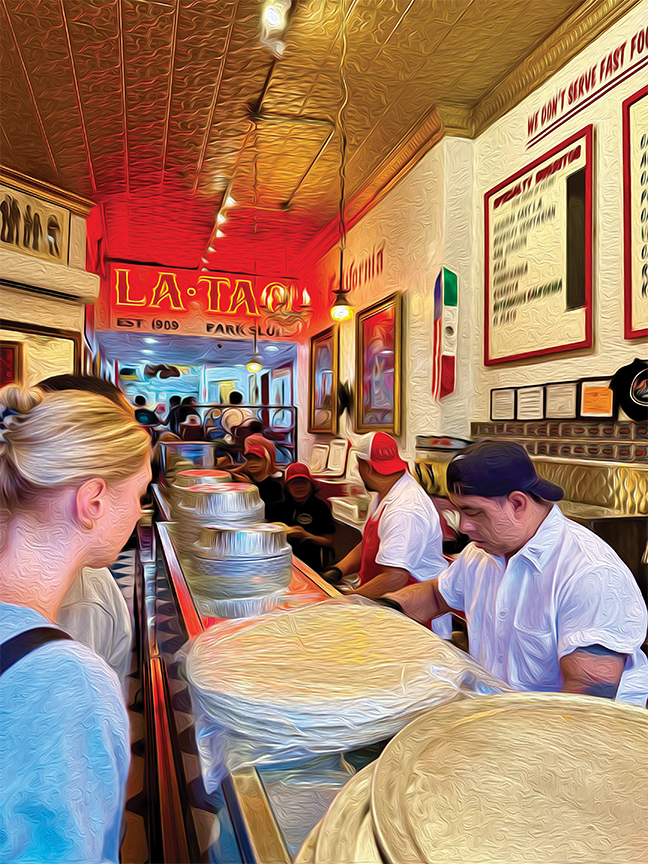
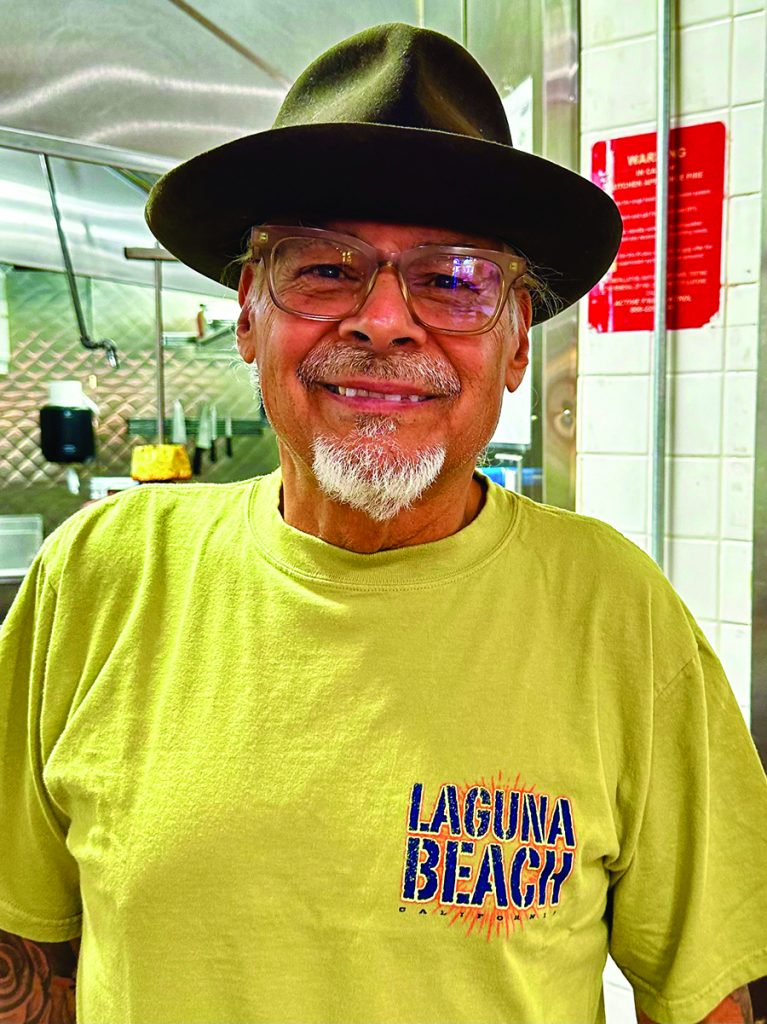
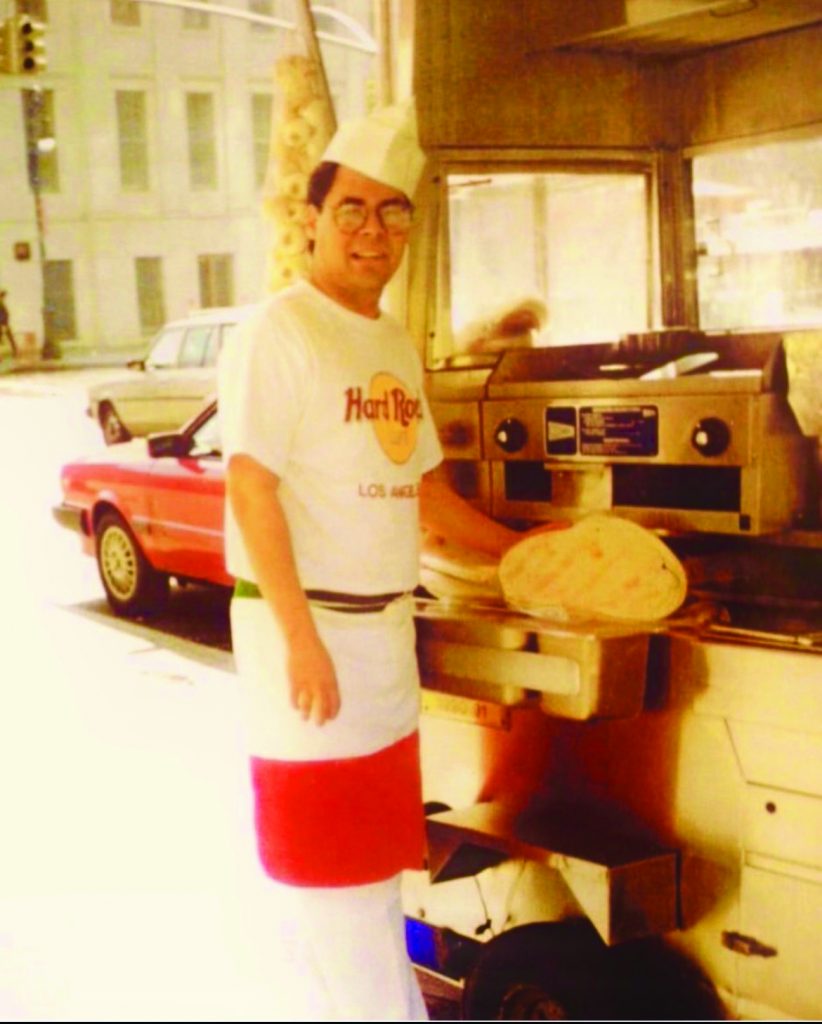
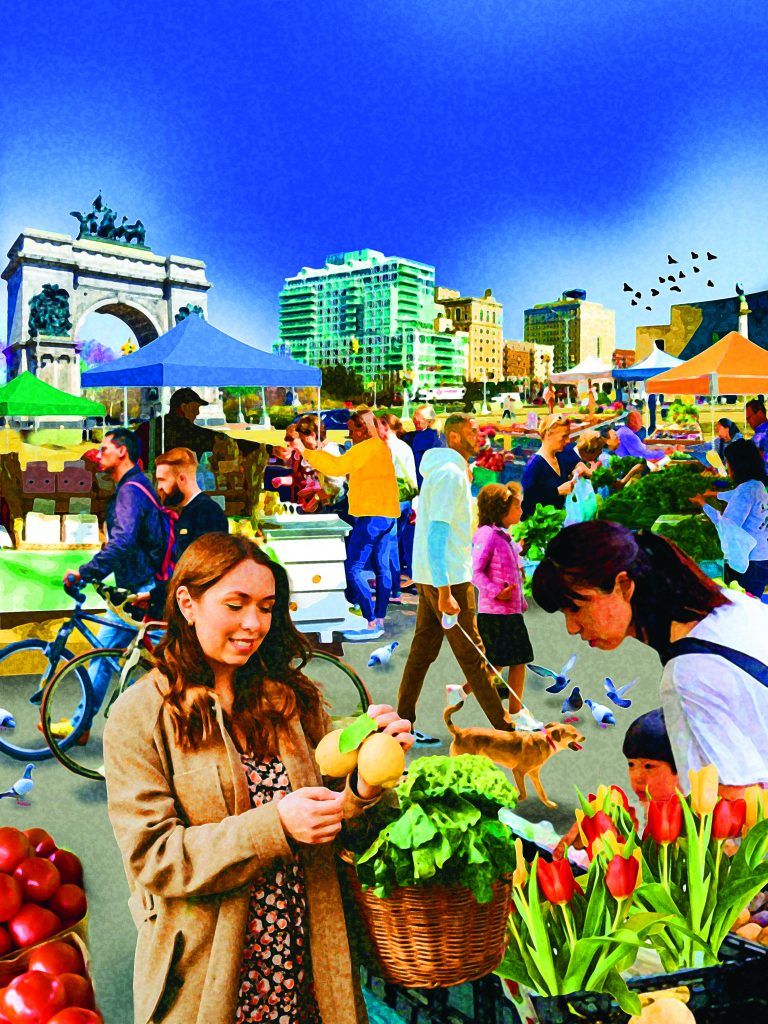
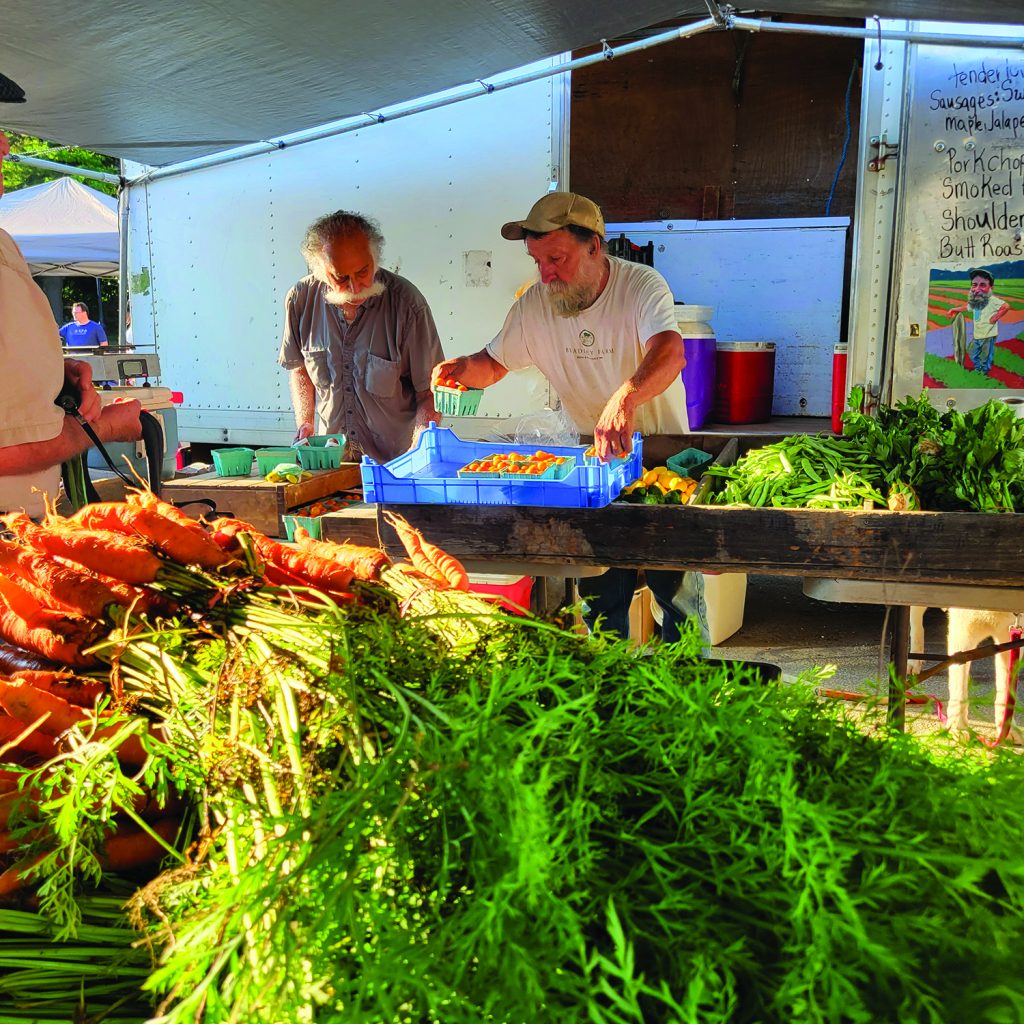
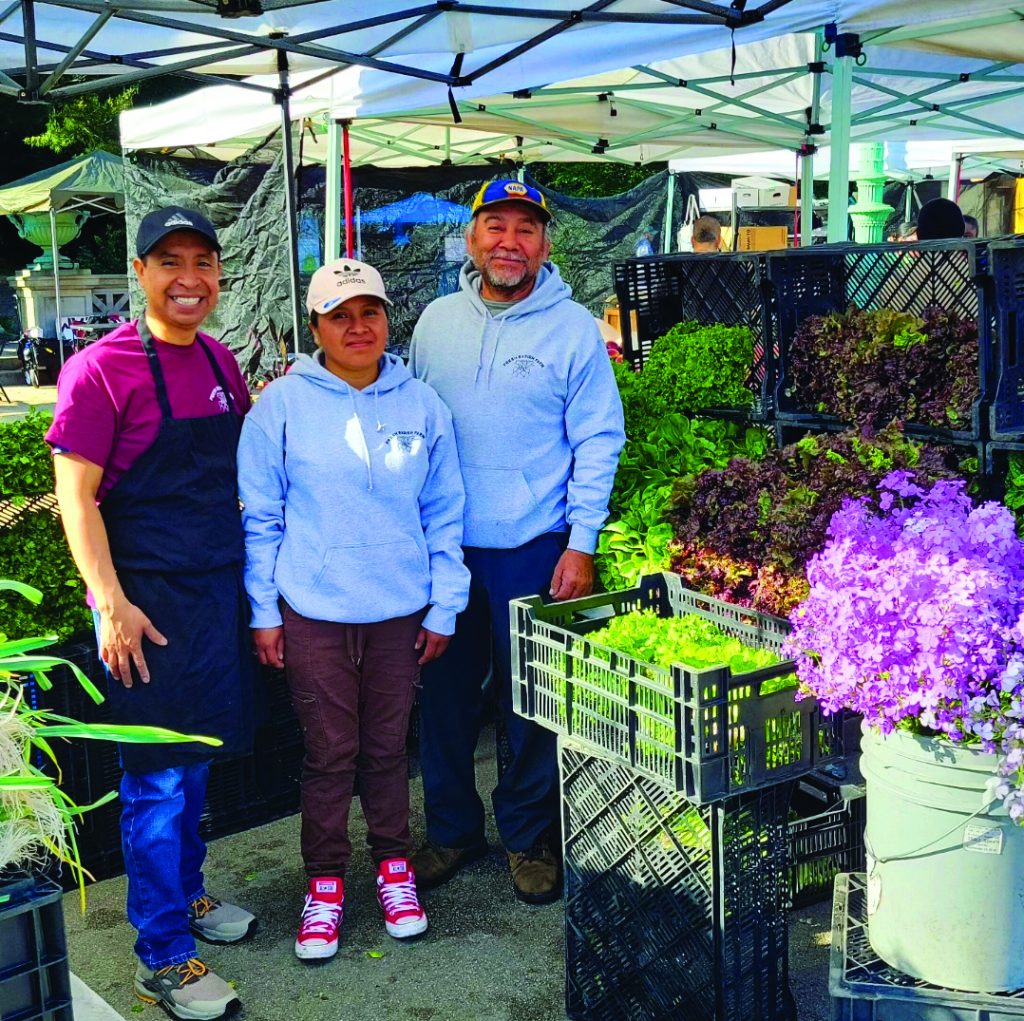

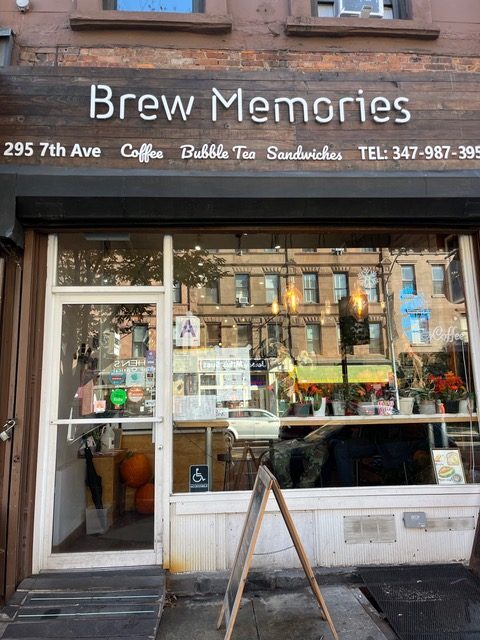
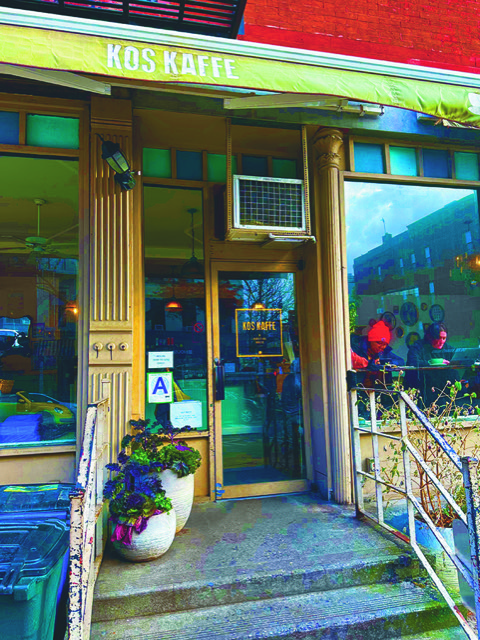
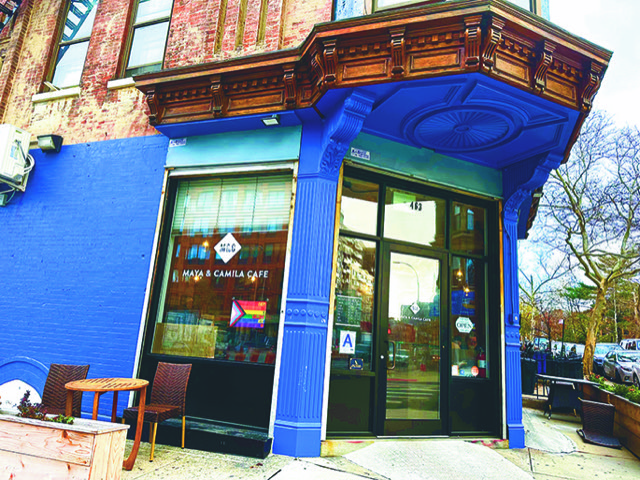
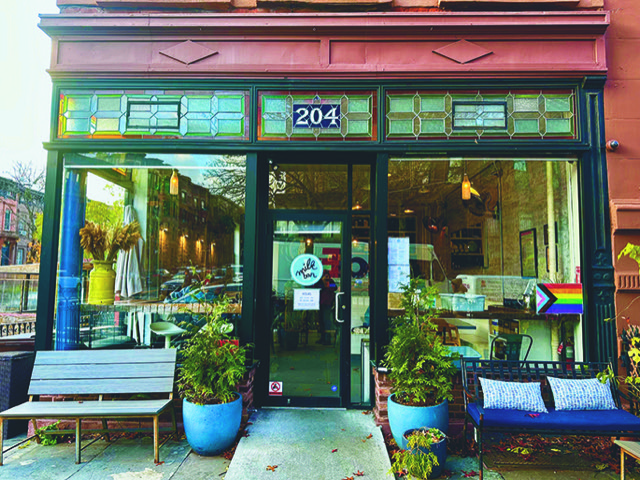
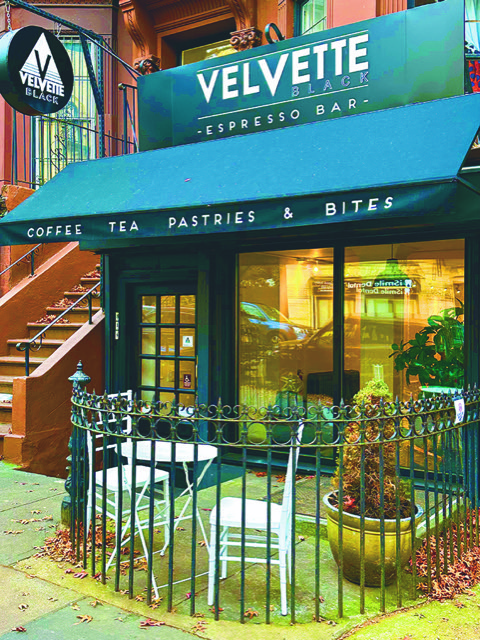

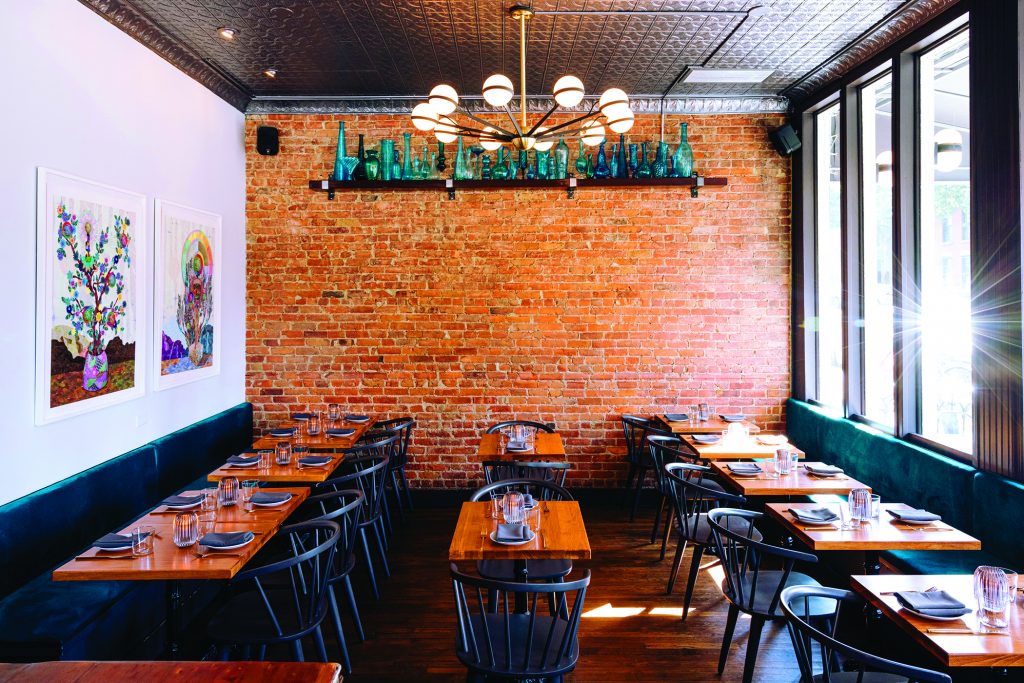
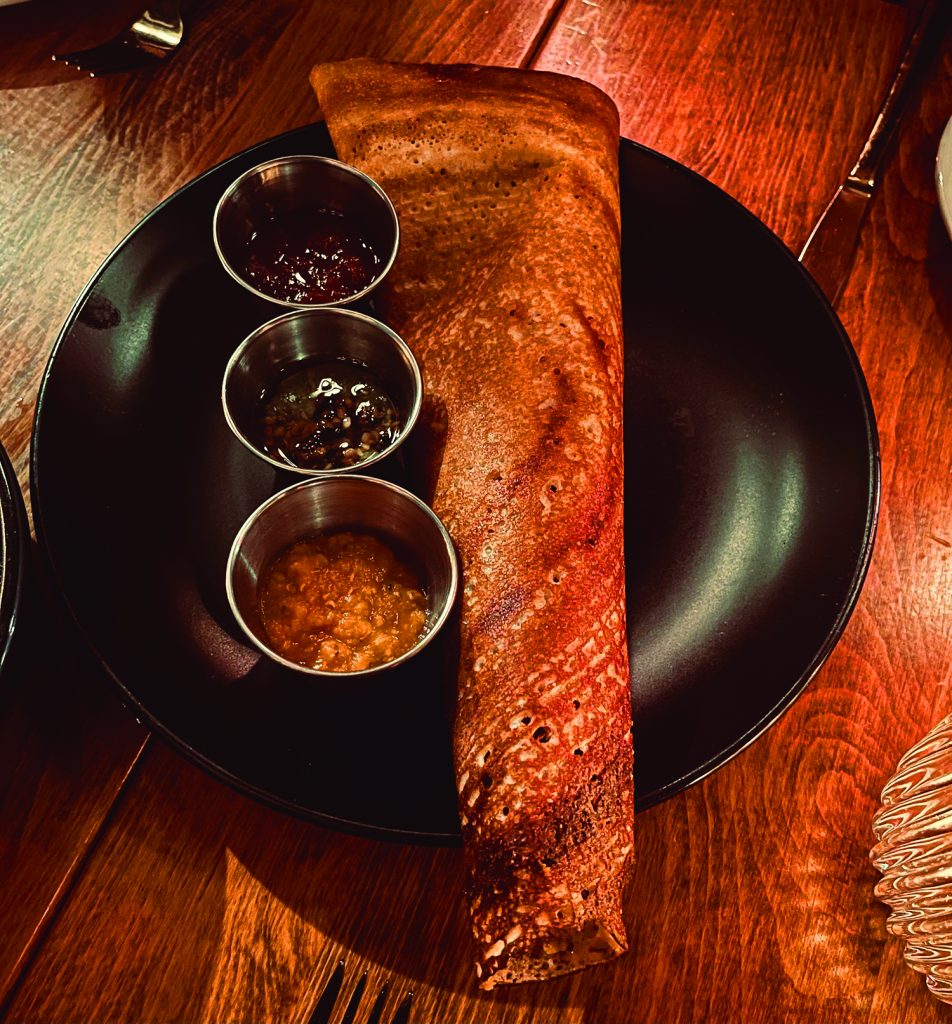



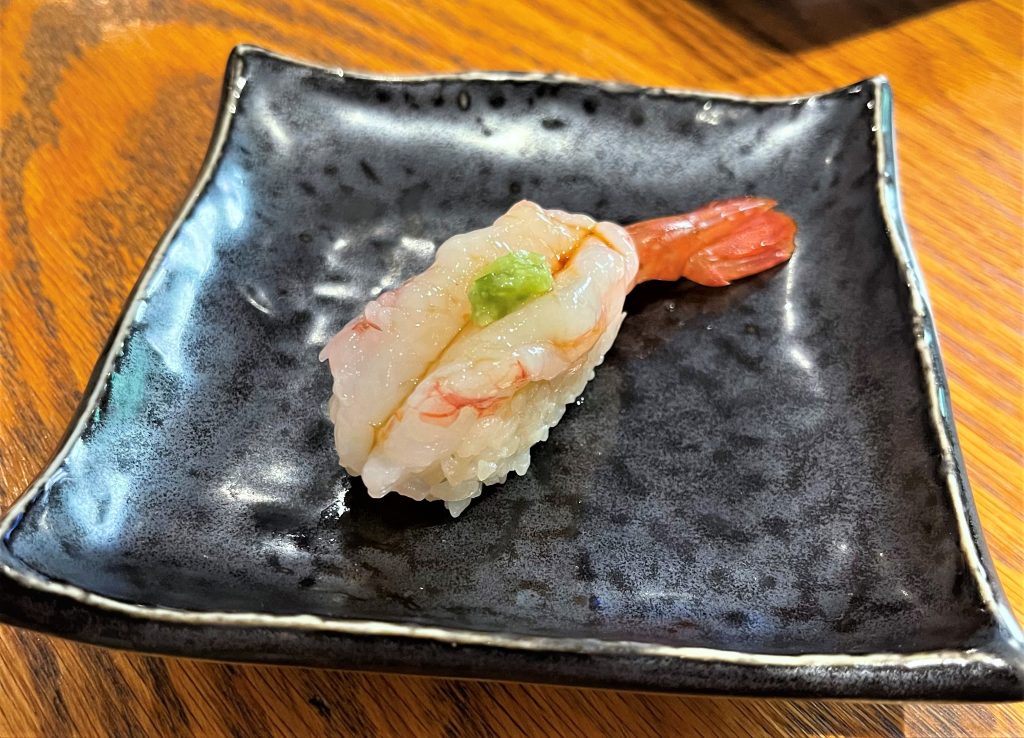
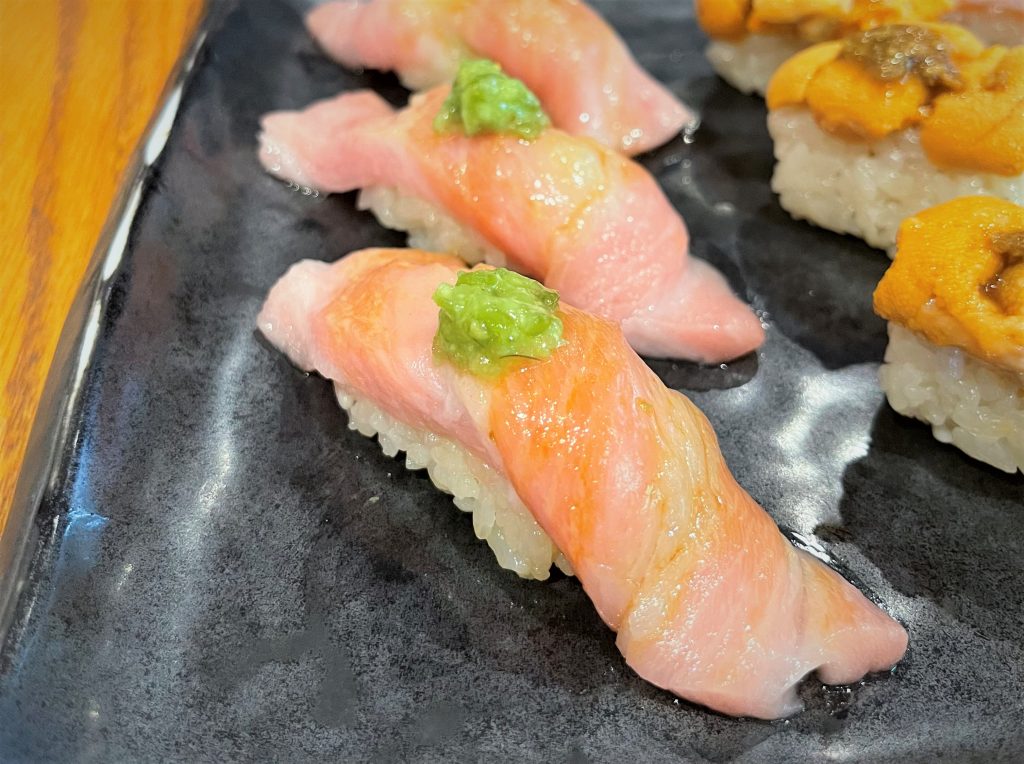
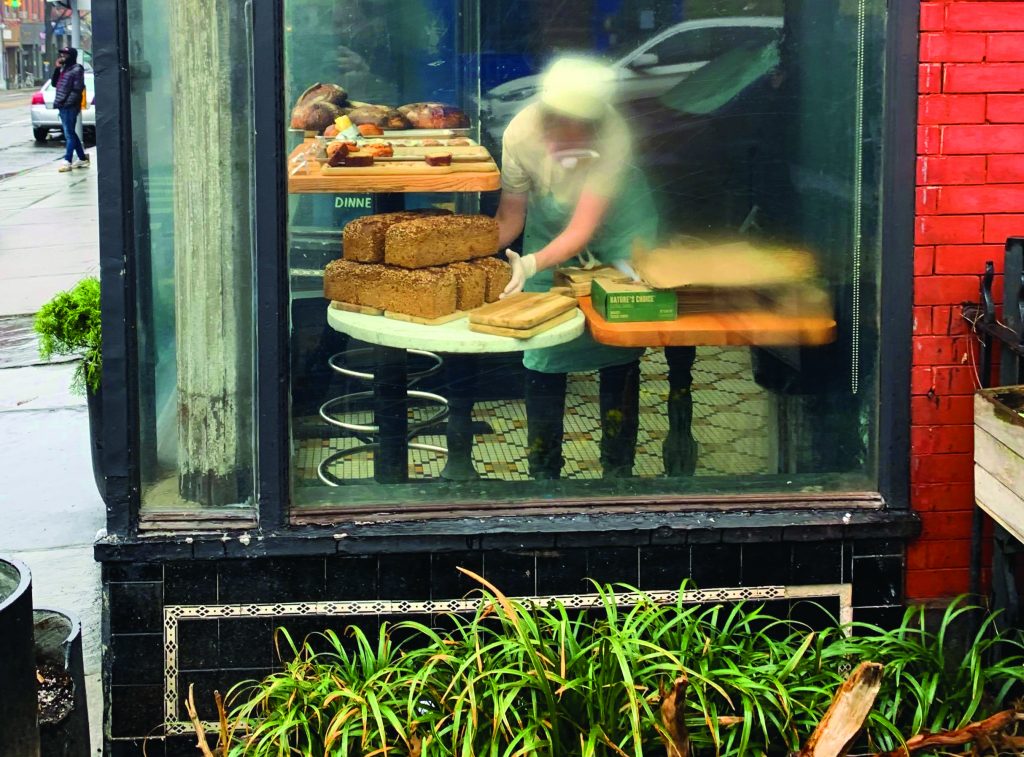
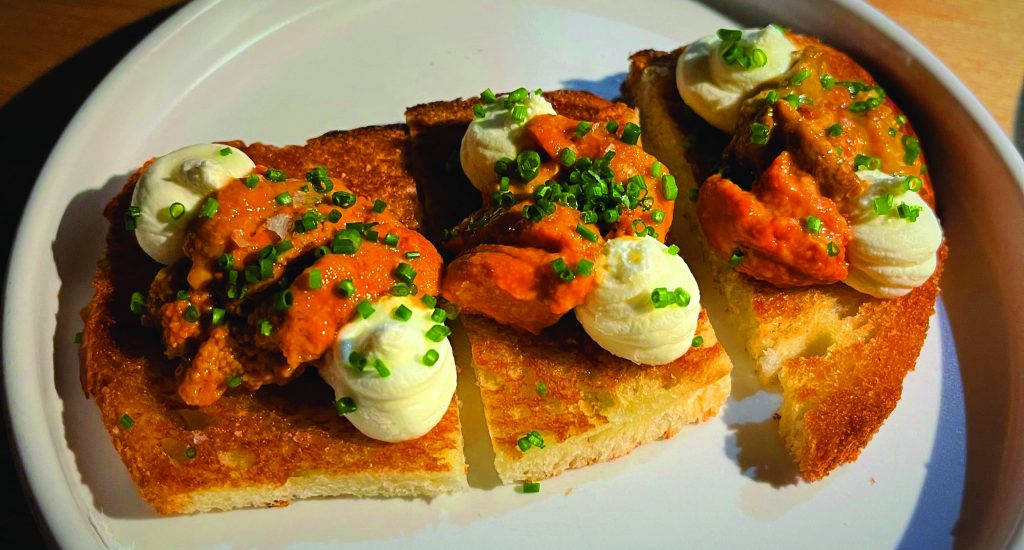
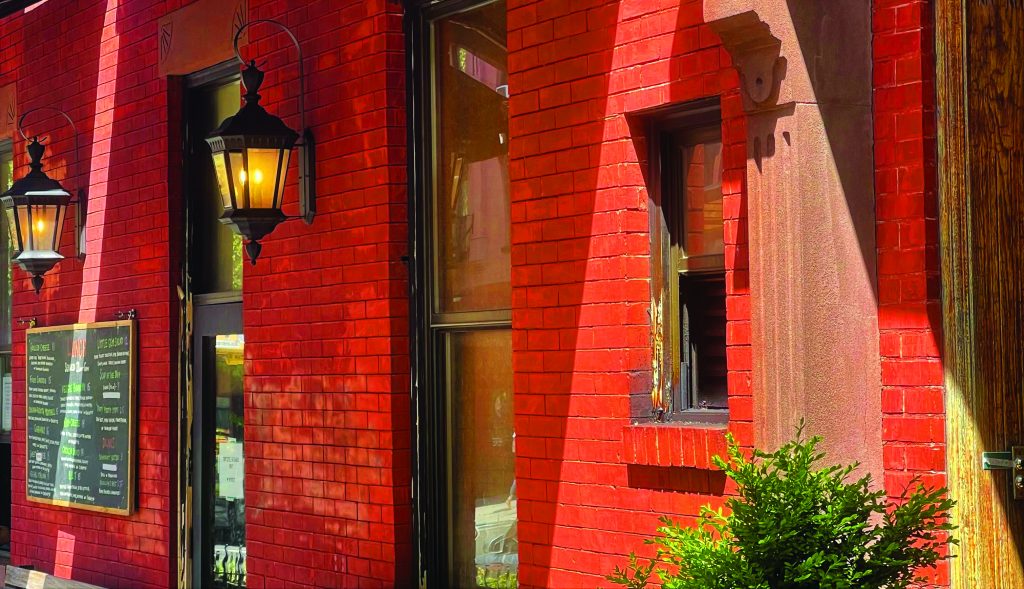
 As the city awakens from its Winter sleep, it’s time to renew our appreciation of everything it has to offer. For this issue, here’s a look at classic foodie establishments including a gourmet food shop, an up-and-coming food truck, and a happening vegetarian restaurant.
As the city awakens from its Winter sleep, it’s time to renew our appreciation of everything it has to offer. For this issue, here’s a look at classic foodie establishments including a gourmet food shop, an up-and-coming food truck, and a happening vegetarian restaurant.
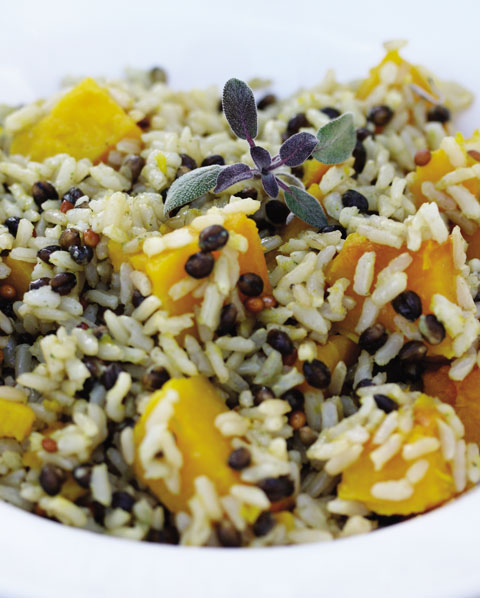 For this issue’s seasonal feature, I’m sharing a wonderful fall squash recipe from Sustainable Table’s friend Brendan Brazier, also recognized as one of the world’s foremost authorities on plant-based nutrition. Brendan is a professional Ironman triathlete, bestselling author of The Thrive Diet (Penguin, 2007), and just released a new book, Thrive Foods (2011, Da Capo), featuring incredible recipes highlighting his “Nutrient-to-Resource Ratio.” Brendan is also partnering with our EatWellGuide.org to provide resources for buying sustainable produce to create these earth-friendly recipes. Learn more at
For this issue’s seasonal feature, I’m sharing a wonderful fall squash recipe from Sustainable Table’s friend Brendan Brazier, also recognized as one of the world’s foremost authorities on plant-based nutrition. Brendan is a professional Ironman triathlete, bestselling author of The Thrive Diet (Penguin, 2007), and just released a new book, Thrive Foods (2011, Da Capo), featuring incredible recipes highlighting his “Nutrient-to-Resource Ratio.” Brendan is also partnering with our EatWellGuide.org to provide resources for buying sustainable produce to create these earth-friendly recipes. Learn more at